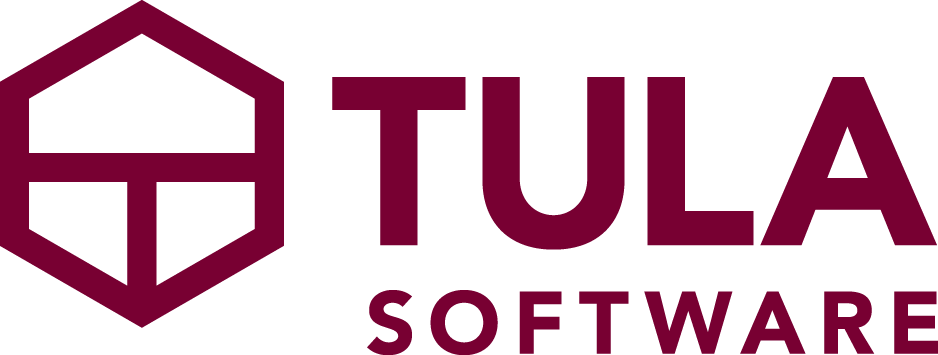I’m thrilled to announce today the release of our newest feature: Retention Center. With the Retention Center activated, you can effortlessly email groups of your students, invoking this new capability from any page where we display student information.
The Retention Center has quite literally been woven into just about every aspect of our product, and will empower studios to communicate with their students in a more targeted, personal and relevant way than ever before.
The easiest way to communicate with your students
Like everything we do with Tula, we obsessed about how to keep this new feature easy to use while also maximizing the power and capabilities given to our customers. We didn’t just want to make it easy for people to send emails. We wanted to empower studio owners to easily communicate with their students in a personal, targeted, and relevant way.
Student Filter as home base for the Retention Center
The first thing you’ll notice is that our student filter page has become the sort of ‘home base’ for the retention center. We’ve made our filters easier to use than ever before and we’ve also added some new filter options so that you can target people more precisely and communicate in a way that’s most relevant to them.
For example, you might want to email everyone who hasn’t been to your studio in 90 days, and offer them a special one off pass. Or you might want to email everyone who has joined your studio in the last 30 days. Or you might want to email everyone who’s last purchase was a 10 pack and they have more than 5 credits left. Or maybe you want to email everyone who’s last purchase was a membership pass but their last attendance was more than 30 days ago.
All of this is now possible on the new Student Filter page.
Communicate with your students in a way that's relevant to them.
Retention Center always available everywhere
The other thing you’ll notice is that the Retention Center is available everywhere else throughout Tula, as we already provide lists of students in pre-defined contexts.
If you’re viewing an event page, now you can choose to email people who have registered for the event. Or if you’re looking at a past event, you can email everyone that attended. Maybe you’re using the People by Passes report to see who purchased a pass to your upcoming retreat, or maybe you’re looking at your memberships page.
What we realized was that within Tula, we already have pages throughout the system where your students are segmented. Instead of always making you go back to some retention center home page, we felt the superior approach would be to make it possible to invoke the retention center from just about anywhere.
Templates
Of course, no Retention Tool would be complete without the ability to save your favorite emails so that you can easily use them again for later emails. By using templates, over time you’ll have quick and immediate access a set of emails you call upon frequently to quickly communicate with your students, while still encouraging you to think about the timing and context of the messages you’re sending.
Updated User Profile Pages
The final thing we put out with this release was a nice update to our user profile pages. We updated the layout so we could display email campaigns that someone was a part of, and in the process we updated the page to more clearly show the active special event passes that someone has along with whether they have an active membership.
Activating Retention Center
The retention center is available as part of the $99 Mala plan, and has an associated usage fee of $5 for every 1,000 emails you send. Alternatively you can opt to choose to send unlimited emails for an additional set monthly fee that’s determined by the number of students you have in your studio. Once you agree to the pricing you’ll be able to save your retention settings and you’ll be ready to send emails.
The way the usage fees work is that you’ll have a separate invoice and charge for your email usage, that will be billed on the same date of your subscription renewal. For example, if your renewal date is on April 15th for your Tula subscription, you’ll also receive an invoice/charge for any emails you sent from March 15 through April 14th. If you choose to have unlimited email added to your plan, then of course that will simply become part of your normal monthly subscription.
Retention Center Version 1.0
This release is Version 1 of our Retention Center, and we already have loads of ideas we’re prioritizing for future development, from automation to conversation tracking and more. We’re excited we have this new foundation on which we can continue to build more powerful communication functionality to help you retain your students.
We’re thrilled with what we’ve come up with so far, and we hope you like it as much as we do!






